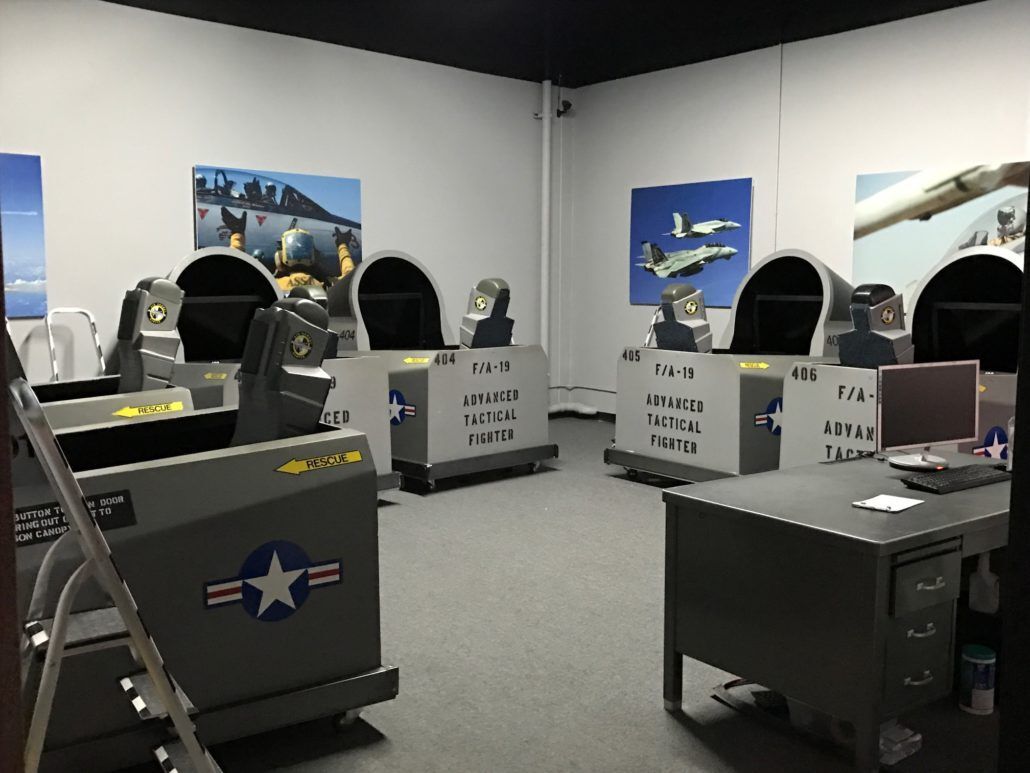Operation Flight Night was a Success – Check Out Our Fun Pics!
On Thursday, September 22, Akins IT celebrated with a spectacular night of fun activities and delicious refreshments at an event we called “Operation Flight Night.”
We selected uniquely qualified guests for this special assignment with a top-secret briefing which disclosed all the details of this event. Those who signed up for our mission were brought along our unforgettable aviation-themed adventure, where we got to explore and experience a simulated flight at the flight simulation center FlightDeck located in Anaheim, CA.
Check out pictures from the exciting evening as we stepped into the world of fighter jets and air to air combat.
Guests enjoyed delicious food and drinks before the event took off.
We experienced the thrills and chills of aerial maneuvers and air-to-air combat in an authentic military flight simulator. One of the flight simulators was the replica of the Boeing 737, an enormous jet airliner which allows guests to "fly" in a variety of weather conditions with multiple take-offs and landings – complete with an impressive 180-degree wrap-around screen.
We also got to explore the F-16 Fighting Falcon, a multi-role fighter aircraft which is able to fly more than 500 miles and deliver high-performance US military weapons with extreme accuracy. Guests were able to fly in groups or solo in one of the 8 flight simulators networked for fierce air-to-air combat.
Guests who weren't flying got to relax in the Officers' Club to watch all of the aerial action on huge LCD screens.
All in all, “Operation Flight Night” was an incredible opportunity for us to interact with our existing clients and prospects through a fun evening full of flight simulations and fighter jets. We hope to hold more exciting events like this in the future, and would love your participation! Reach out to us today to learn more about what we can do for your school, business, or organization.








